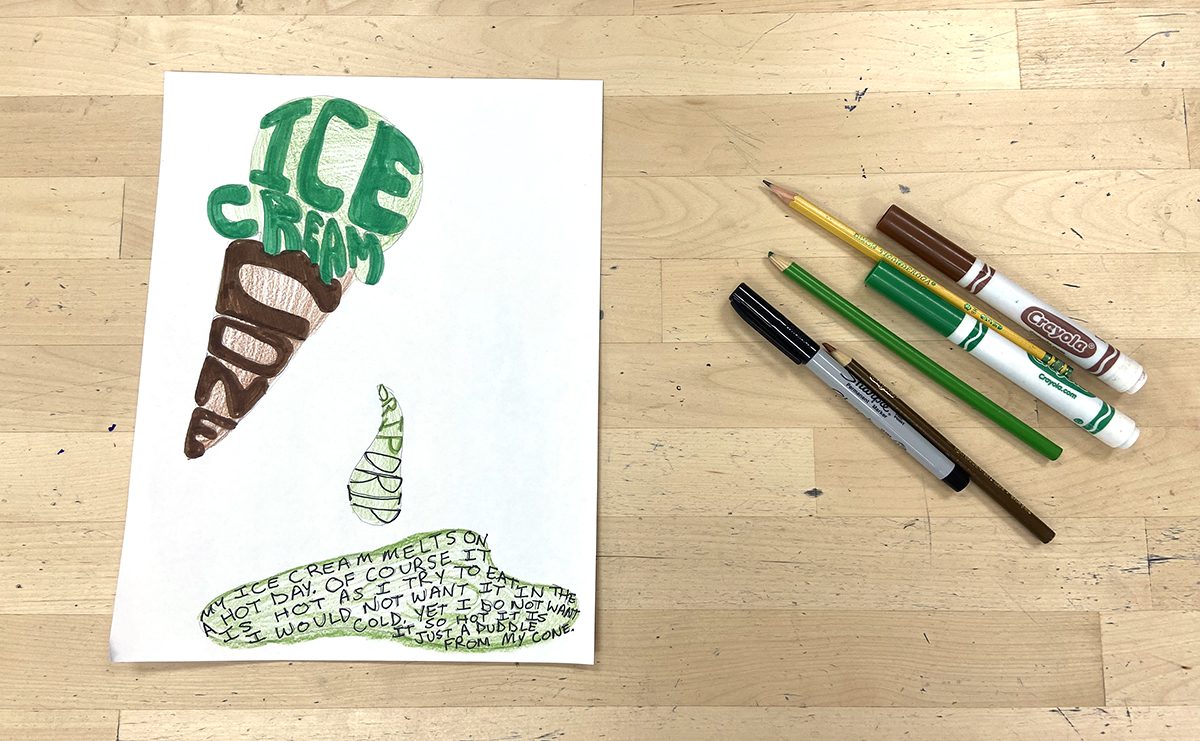This is one in our Double Scoop Sundae series featuring a pair of thematically-related books and ideas for teachers and library program developers seeking ways to extend storytime with them.
From a single point to a line, from a flat area created by connecting lines to a multidimensional entity, our concrete and imaginary worlds both supply us with endless shapes. We meet them in early learning puzzles for babies and in advanced geometry courses. We recognize them around us wherever we are and use our awareness of their properties to paint rooms, choose the best baking dish for a recipe, and interpret traffic signage. Let’s take a tour of a pair of shape celebrating children’s books—and a look inside a museum that inspired one of them.
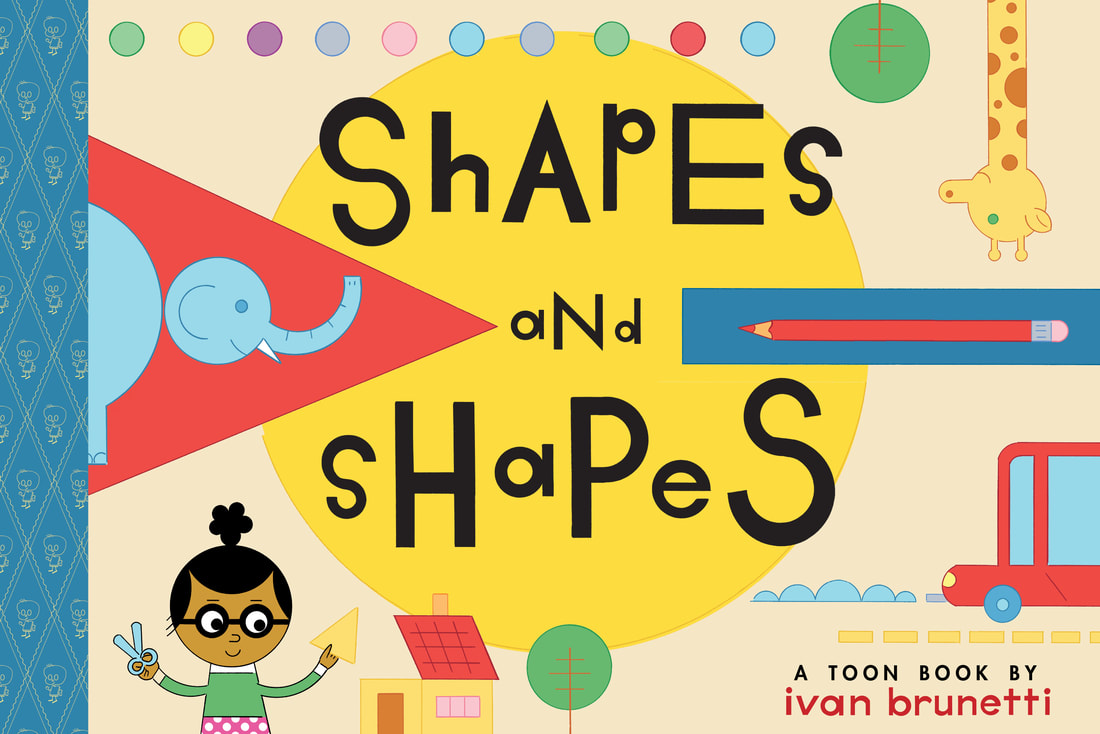
Ivan Brunetti is a well-recognized name among families and educators seeking imagination graphic novels for just-emerging readers. In SHAPES AND SHAPES, published by Toon Books, kids can join in the fun as the most basic of shapes—including circles, rectangles, and triangles—appear in everyday items and become the building blocks for more shapes, too. From flat (two-dimensional) shapes, Brunetti moves to three dimensions: a box is a cube, and we all know a sweet treat that fits into a cone!
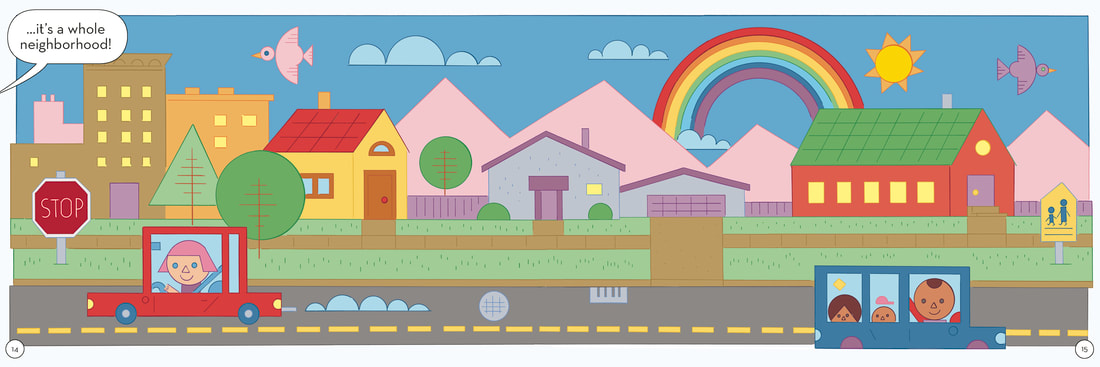
Brunetti is a real master at presenting conceptual information that engages those in the early grades. His stylized art is used to tell stories that give early readers access to both non-material ideas and ways of interacting with those ideas to support acquisition of the concept as solid as the classroom materials the plots feature, including paper, scissors, and the classroom itself.
Coming from Cicada Books, Sven Völker takes us into and through THE MUSEUM OF SHAPES. Here we start with a point, watch the variation that can happen when two points create a line, and then help the story’s museum curator identify the shapes within more complex things such as a drop of water, a bone, and a hair comb. Here, again, we move from two dimensions to three—and a discussion of shadows. In a final spread, we see all the shapes a city displays through its lights when it’s nighttime. What a great way to use your surroundings for a shape-hunting game!
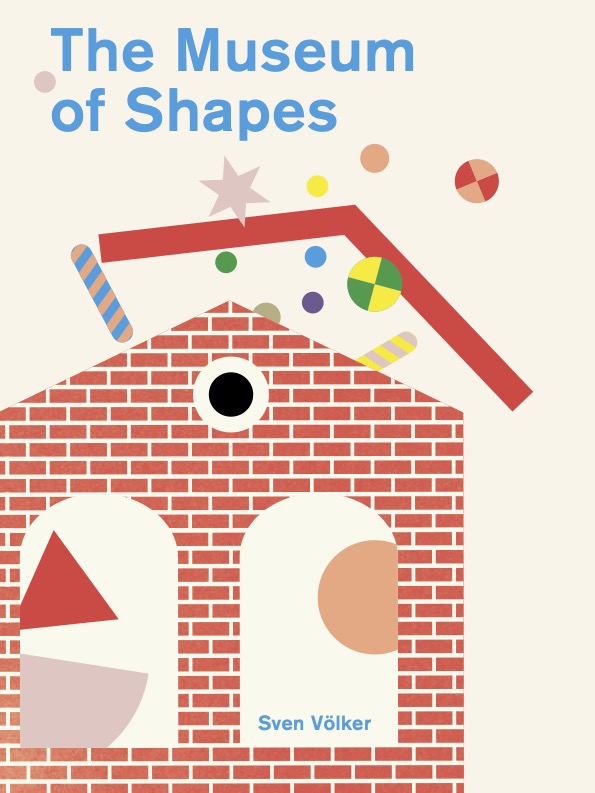
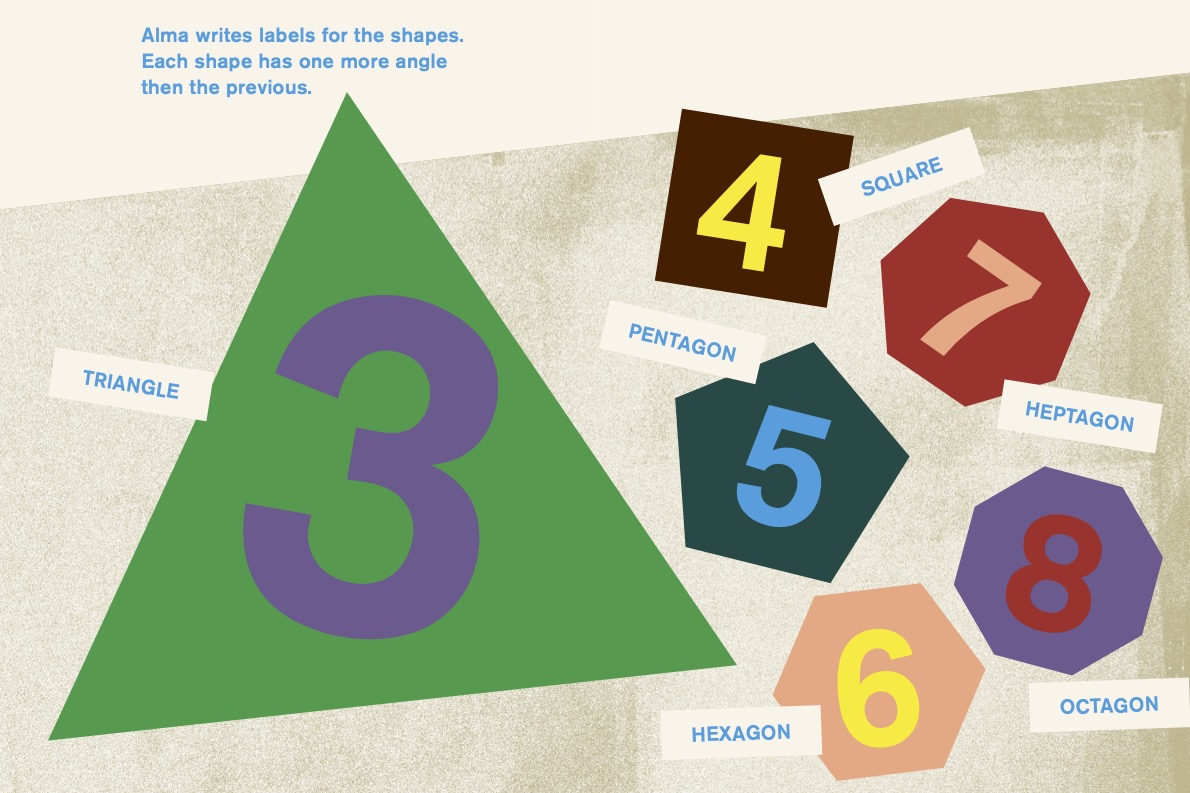
Völker was inspired to create his picture book by a real museum in Ingolstadt, Germany. The Museum for Concrete Art was, in turn, founded as an extension of the founder’s concrete poetry! Twentieth century poet Eugen Gomringer’s artwork collection was the seed; the museum, however, has continued to be expanded and its exhibits bring together both art and poetry enthusiasts.
This pair of books brings along their own easy-to adapt ideas for activities to extend their informational access and enjoyment. You can download Toon Books’ lesson plan written just for SHAPES AND SHAPES. Younger children can enjoy many of these Simple Shape Activities for Preschoolers.
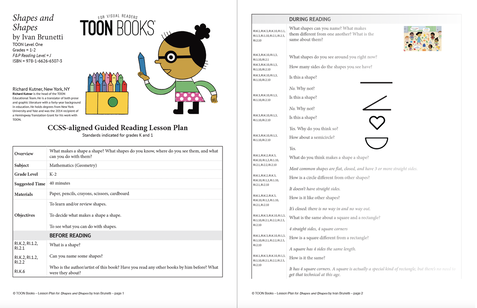
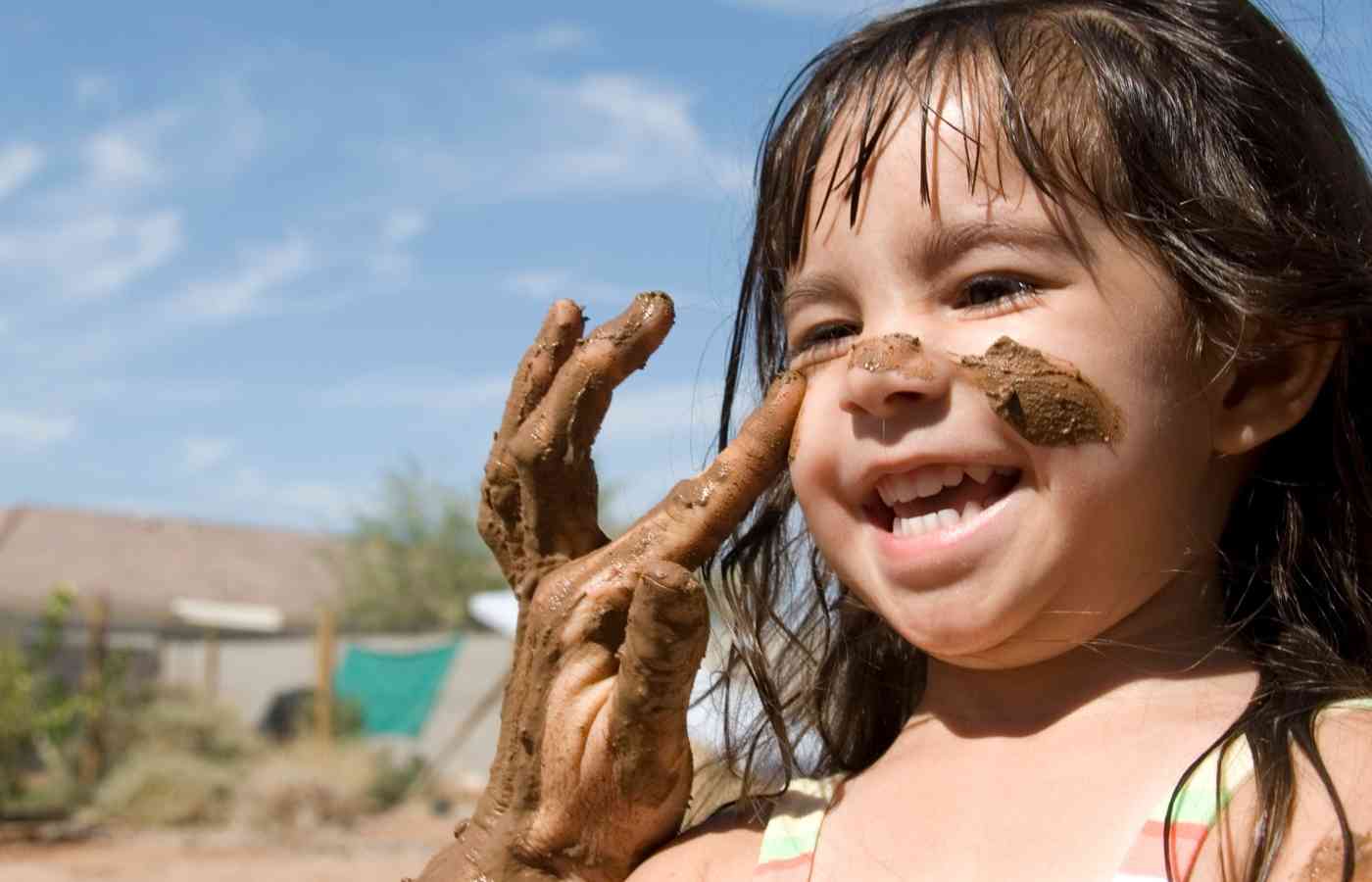
As noted, THE MUSEUM OF SHAPES presents suggestions for seeking shapes in your own environment—and for trying that I Spy game at night as well as during daylight. You can also experiment with concrete poetry writing that reflects all manner of shapes with Bring Concrete Poetry into the Art Room to Support All Learners from The Art of Education University.
So, time to read a pair of kids’ books and then get in shape!
